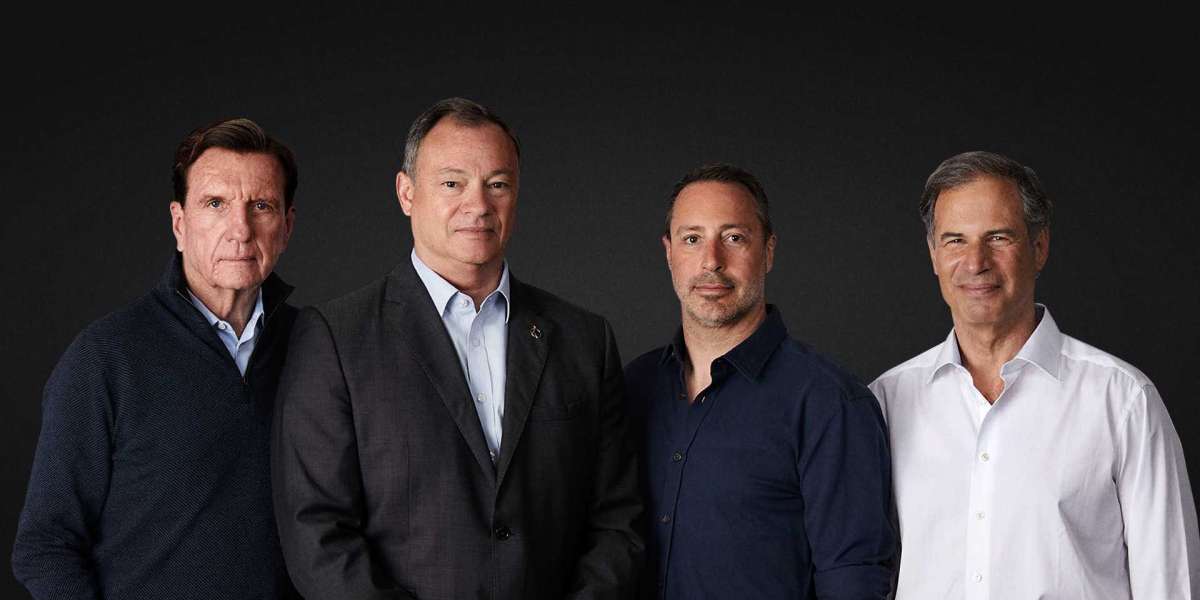NASA and the other International Space Station (ISS) partners have given their approval for Axiom Space's first astronaut crew to travel to the orbiting lab.
Axiom's first crewed voyage to the International Space Station, codenamed Ax-1, is set to fly on March 30 on a SpaceX Crew Dragon capsule. Ax-1 will be piloted by Axiom Space staffer and former NASA astronaut Michael López-Alegra, and will carry three paying passengers: real estate mogul Larry Connor, Canadian businessman Mark Pathy, and Israeli investor Eytan Stibbe, who each paid $55 million for their seats.
The trio has been preparing for their 10-day expedition for roughly six months, and NASA and its ISS partners have now approved their visit to the orbiting outpost, according to agency officials (Feb. 2).
"This represents another significant milestone in our efforts to create a low Earth orbit economy," Phil McAlister, director of commercial spaceflight at NASA, said in a statement Wednesday. "I wish these Axiom crew members safe travels, and I hope they find their time in space productive and enjoyable."
Since its inception in 2016, Axiom Space has maintained a strong partnership with NASA. The business is creating orbital modules under the guidance of co-founder and CEO Michael Suffredini, who served as NASA's ISS program manager from 2005 to 2015. The structures of Axiom Space will first attach to the International Space Station (ISS), but will detach before the orbiting laboratory is dismantled, eventually becoming a private space station in low Earth orbit.
According to the company's website, the first module will launch sometime in late 2024. Axiom Space's headquarters are just a short distance from NASA's Johnson Space Center.
However, Axiom is more than just a company that builds private space stations. SpaceX has also booked many visits to the International Space Station for paying clients, using SpaceX Dragon capsules and Falcon 9 rockets.
Ax-1 will launch from NASA's Kennedy Space Center in Florida on the Dragon designated Endeavour. The Ax-1 crew will spend eight days aboard the International Space Station and ten days in space in total before splashing down near the Florida coast.
At this time, it's unknown what the four-person crew will do on the space station. According to a November 2021 Axiom Space release, its flight program will most likely involve scientific collaborations across multiple institutions. Partnerships with the Mayo Clinic, Cleveland Clinic, Montreal Children's Hospital, Canadian Research Universities, the Royal Canadian Geographical Society, the Ramon Foundation in Israel, and the Israeli Ministry of Innovation, Science, and Technology are among the possibilities.
According to NASA, the Ax-1 crew has been training for their forthcoming mission at NASA sites such as Johnson Space Center since August 2021.
"The crew also has been training with NASA's space station international partners at ESA (European Space Agency), as well as with launch contractor SpaceX at its facilities in Hawthorne, California, and at other locations in preparation for the mission," NASA officials wrote in Wednesday's statement.
More Axiom Space missions are already in the works. NASA authorities, for example, stated on Dec. 13 that the company's second mission to the space station, Ax-2, had been approved. Peggy Whitson, a retired NASA astronaut who has spent more time in space than any other American, will lead this mission. Ax-2 is expected to launch between the fall of 2022 and the spring of 2023.
According to an announcement made by NASA Administrator Bill Nelson in late December 2021, NASA aims to continue its continuing cooperation with space agencies around the world to support International Space Station operations until at least 2030. However, as NASA pushes forward with other high-profile initiatives like the Artemis moon mission, it is encouraging the development of private space stations to maintain humanity's presence in low Earth orbit.
"For more than 21 years, NASA has supported a continuous U.S. human presence in low Earth orbit aboard the space station. The agency's goal is to enable a strong, commercial marketplace in low Earth orbit with private industry where NASA is one of many customers," NASA officials wrote in Wednesday's update.
NASA's support of Axiom Space "will provide services the government needs at a lower cost, enabling the agency to focus on its Artemis missions to the moon in preparation for Mars while continuing to use low Earth orbit as a training and proving ground for those deep space missions," agency officials added.



